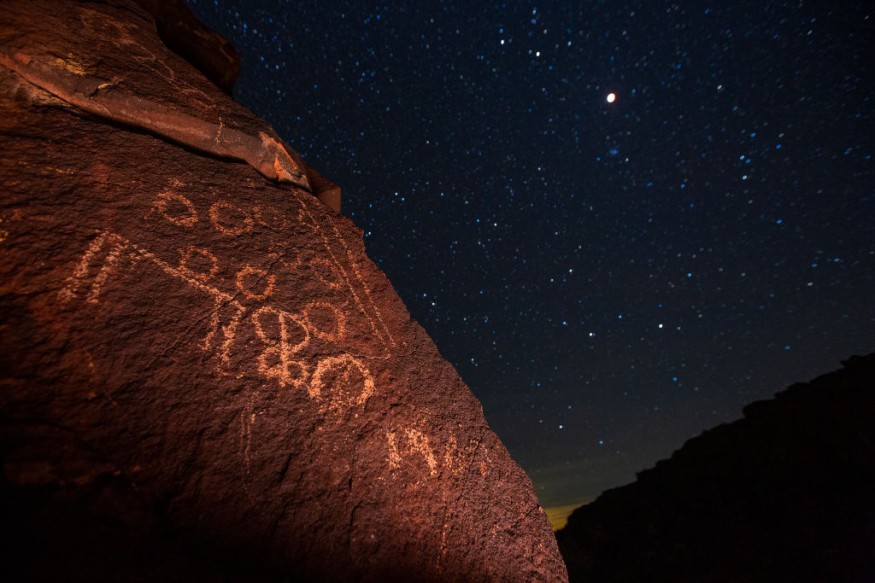
The Sulawesi cave paintings are perhaps the oldest of their kind, outdating many of their Western counterparts. For years, they have given paleontologists a brief glimpse into the mind, art and culture of an ancient people whose descendants now populate the entirety of Southeast Asia.
Unfortunately, experts are discovering that many of these paintings are now in serious states of decay with global warming proving to be the most likely culprit.
Climate-induced salt formations destroy rock art
This was the conclusion by a research team from Griffith University, who wanted to understand why these valuable rock paintings have been increasingly deteriorating during the last decade. After conducting a series of tests and chemical analysis, the researchers concluded that at least part of the decay could be attributed to the formation of salt crystals on the rock's surface.
The appearance of salt is directly influenced by environmental temperatures. And in places like Sulawesi, the effects of climate change can be more drastically felt. Tropical regions are highly prone to longer drought seasons, followed by devastating monsoons. This transfers a lot of the ocean's salt content to many rock formations (be it by wind currents or by flooding).
Naturally, such radical changes contribute to the deterioration of rock formations and the ancient paintings they hold. Even with over 300 sites that have been discovered and identified, a majority of Sulawesi's prehistoric heritage could be lost in the next couple of decades.
This would be a devastating blow, both for local historians as well as for archaeologists all around the world. These cave paintings date as far back as 40,000 years and tell much about the life of the people prior to the very first Southeast Asian civilizations. Furthermore, they have altered a lot of pre-existing notions about the migration of the first homo-sapiens and how the practice of cave painting really originated.
Some of these images include pictures of ancient animals that were once hunted in the region. Several more include stencil art of hands, still preserving their shape across nearly countless millennia. There are also wide depictions of fantastic, larger-than-life creatures whose meanings still elude experts.
Indonesia pressured by climate change initiatives
The findings have also once again highlighted the problem with the pressure on Indonesia's climate actions goals, with the government protesting that developed nations (who are also carbon emitters) are casting unfair judgment that would rather see poor nations sacrifice their economic growth purely for the sake of reducing emissions.
Despite making great gains in the last decade, about 20% of the country's population is still in danger of falling back into poverty. The situation also echoes an increasingly prevailing sentiment in Southeast Asia, where poorer nations feel like they are shouldering an imbalanced burden placed upon by privileged states in the Global North.
The good news is that the country is still committed to its emissions reductions target and is working closely with all sectors on how to balance environmental concern without drastically sacrificing the people's welfare.
And perhaps, if better solutions are presented, Indonesia's future generations could still behold the wonders of Southeast Asia's most ancient art gallery.
© 2026 NatureWorldNews.com All rights reserved. Do not reproduce without permission.





